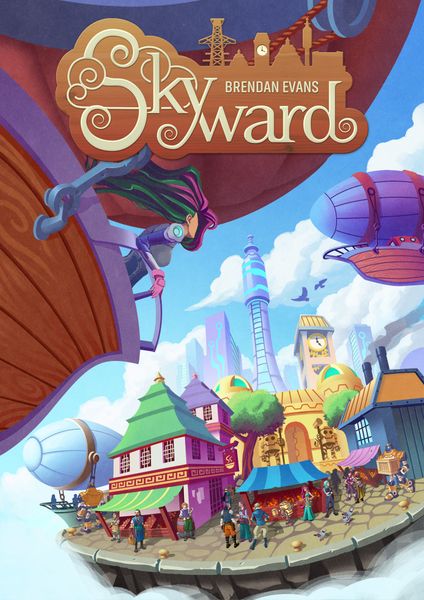Skyward (2017) Board Game
Skyward is a card game released in 2017 and designed by Ellie Jang, Dmitriy Logunkov, Neil Martin, and Steven Preston. It is published by Rule & Make and falls under the category of a card game with mechanics such as hand management, I cut, you choose, open drafting, and set collection. The game is designed for 2-4 players, with a runtime of 30-45 minutes and is suitable for players aged 12 and above.
Game Components of Skyward
How To Setup Skyward
To set up Skyward, players start by shuffling the card deck. The lead player, known as the Warden, draws a number of cards based on the player count. These cards are then sorted into piles equal to the number of players, including the Warden token. Each player takes a pile, setting the stage for the drafting mechanism.
Gameplay Mechanics and Game Objective
Mechanics
Game Objective
Player Experience
Skyward offers a smooth and satisfying gameplay experience, especially with two players. The drafting mechanism works well at this player count, allowing for strategic planning and execution. However, with more players, the game becomes increasingly complex and time-consuming, making it a miserable slog due to the overwhelming number of cards to process and the rapid depletion of the deck.
Pros
Cons
Personal Thoughts on Skyward
Skyward is ideal for players looking for a straightforward yet strategically rich game, particularly those who enjoy card drafting and tableau building. It shines with two players, making it a great addition for couples or pairs of friends. However, it may not be the best choice for larger groups due to its complexity and lengthy gameplay at higher player counts. If you’re a fan of games with unique themes and simple, satisfying mechanics, Skyward is worth considering, but be prepared for a potentially frustrating experience with more players.
We are supported by our audience. When you purchase through links on our site, we may earn an affiliate commission, at no extra cost for you. Learn more.

